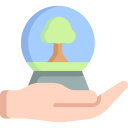Guardians of the Wild: Reducing Plastic Waste to Protect Wildlife
Chosen theme: Reducing Plastic Waste to Protect Wildlife. Explore science, stories, and everyday actions that protect animals from plastic pollution, and join a community determined to turn small changes into lasting, lifesaving impact. Subscribe for weekly inspiration, challenges, and wildlife-safe tips.
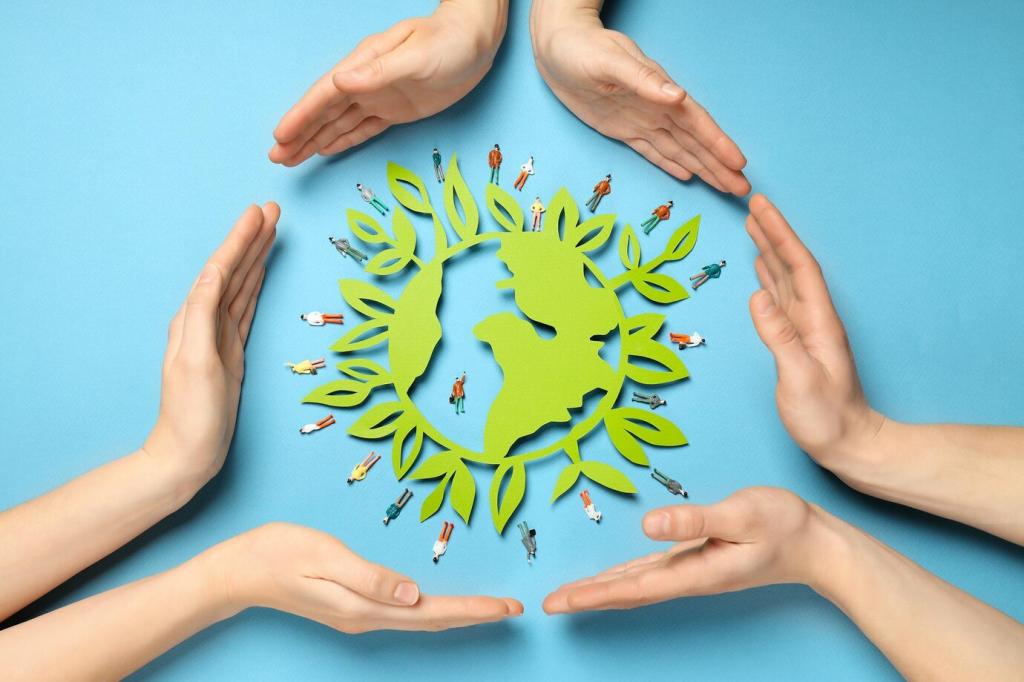
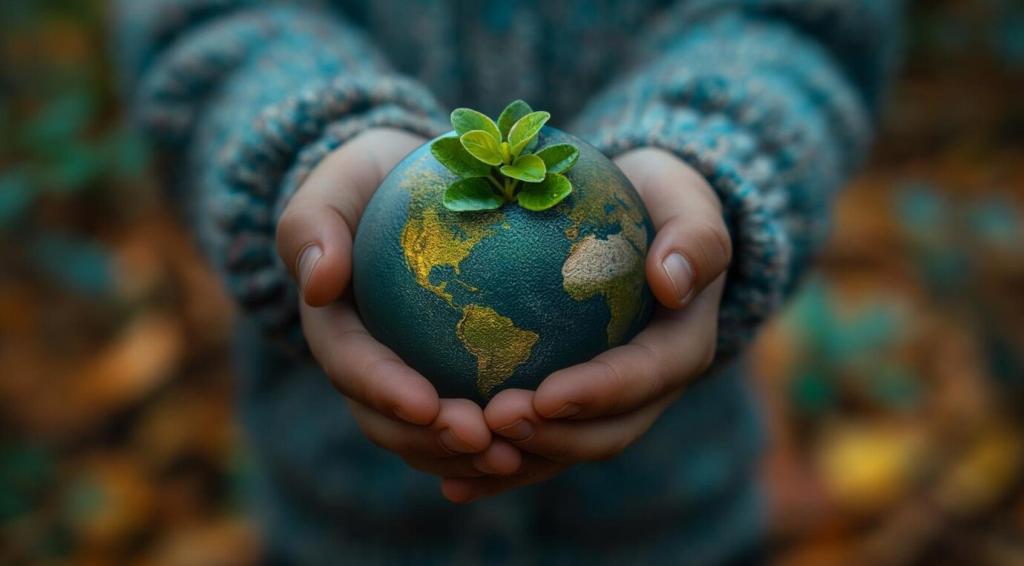
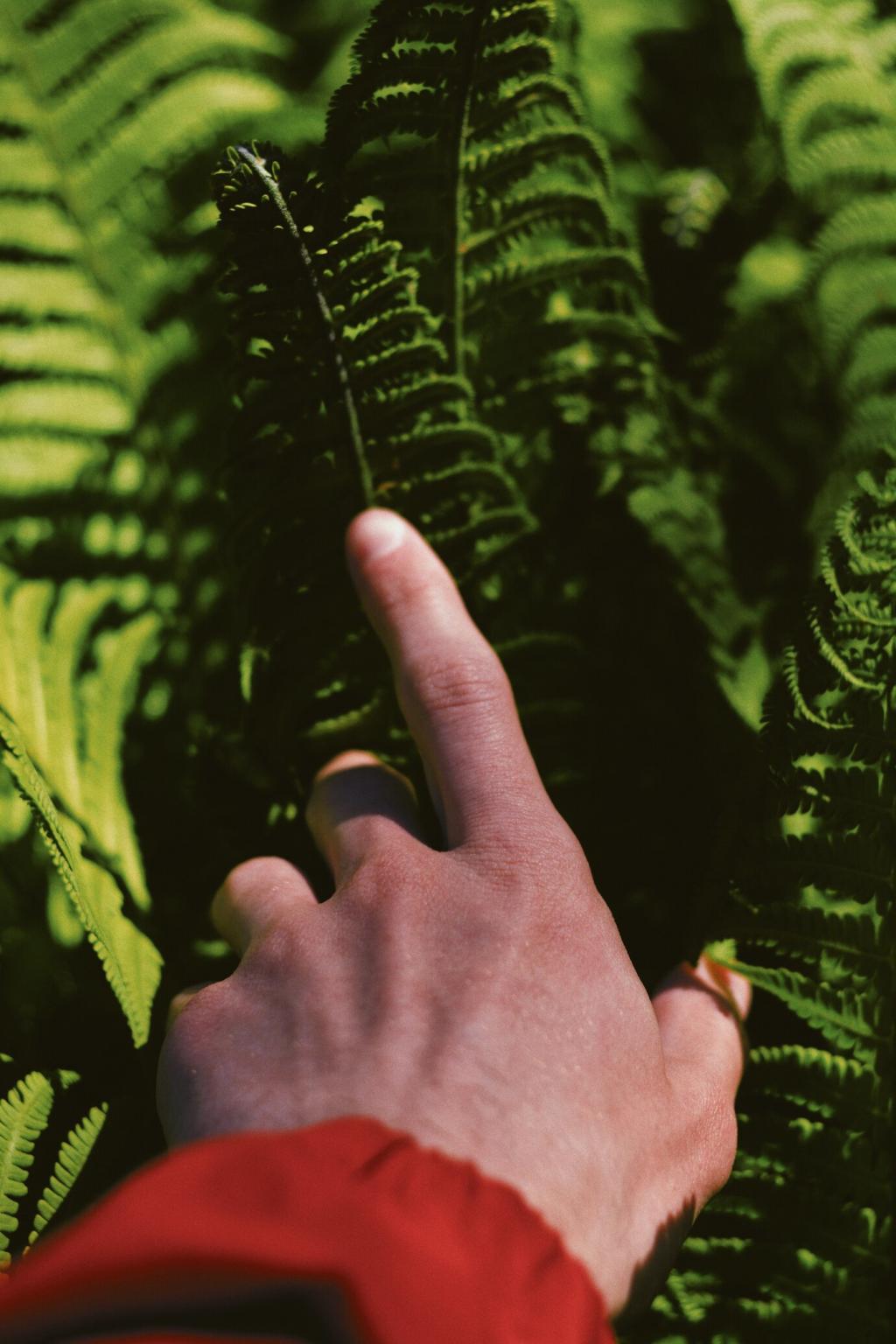
Why Plastic Endangers Wildlife Now
When a plankton nibble becomes a plastic bite, the entire food chain feels it. Microplastics carry toxins that accumulate in fish, seabirds, and marine mammals. Protecting wildlife starts with preventing fragments from forming through reuse, repair, and less disposable plastic overall.
Why Plastic Endangers Wildlife Now
Discarded fishing line, balloon ribbons, and six-pack rings constrict flippers, wings, and beaks. A single loop can cut deep, impairing feeding and flight. Cutting loops before disposal, switching to wildlife-safe alternatives, and supporting take-back programs immediately reduces these preventable injuries.
Everyday Swaps That Save Animal Lives
Replace cling film with beeswax wraps or containers, choose loose-leaf tea over plastic-laced bags, and refill dish soap at bulk stations. These swaps cut fragments that otherwise wash into waterways, protecting fish, otters, and birds downstream from microplastic-laden runoff.
Everyday Swaps That Save Animal Lives
Carry a lightweight bottle, cup, utensil set, and compact tote. Keep a napkin and small containers for leftovers. This kit turns impulse purchases into wildlife-safe choices, preventing lids, straws, and cutlery from entering rivers where turtles and herons forage.
Everyday Swaps That Save Animal Lives
Choose produce without wrappers, buy in bulk using jars, and seek products offered in aluminum or glass, which recycle better. Favor concentrated refills. Comment with your favorite low-waste brand, and let’s create a community-vetted list that genuinely helps wildlife.
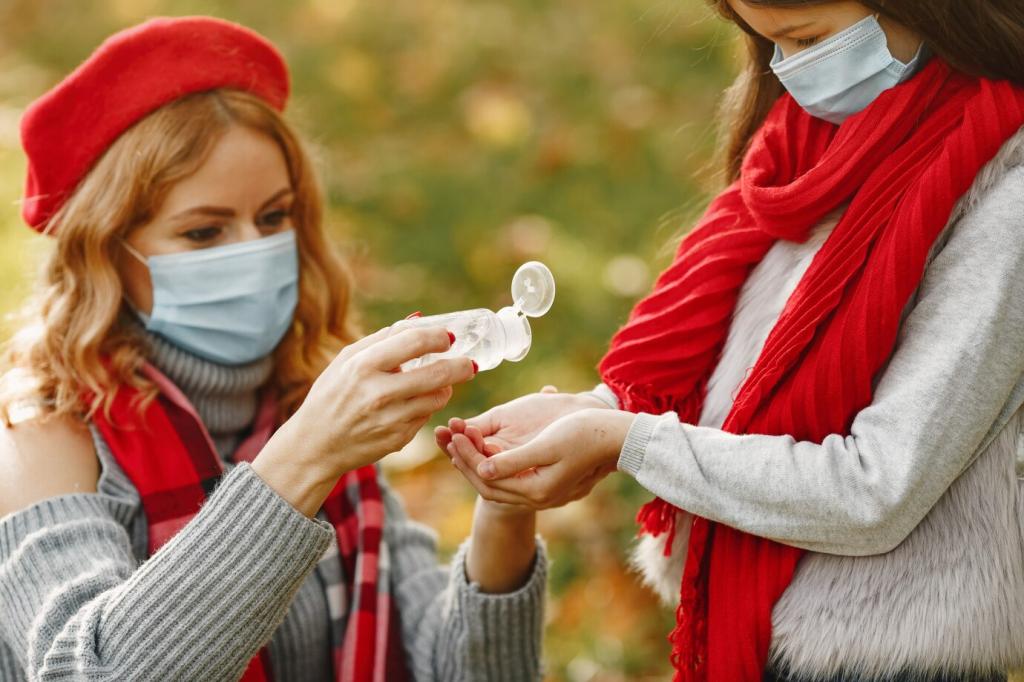
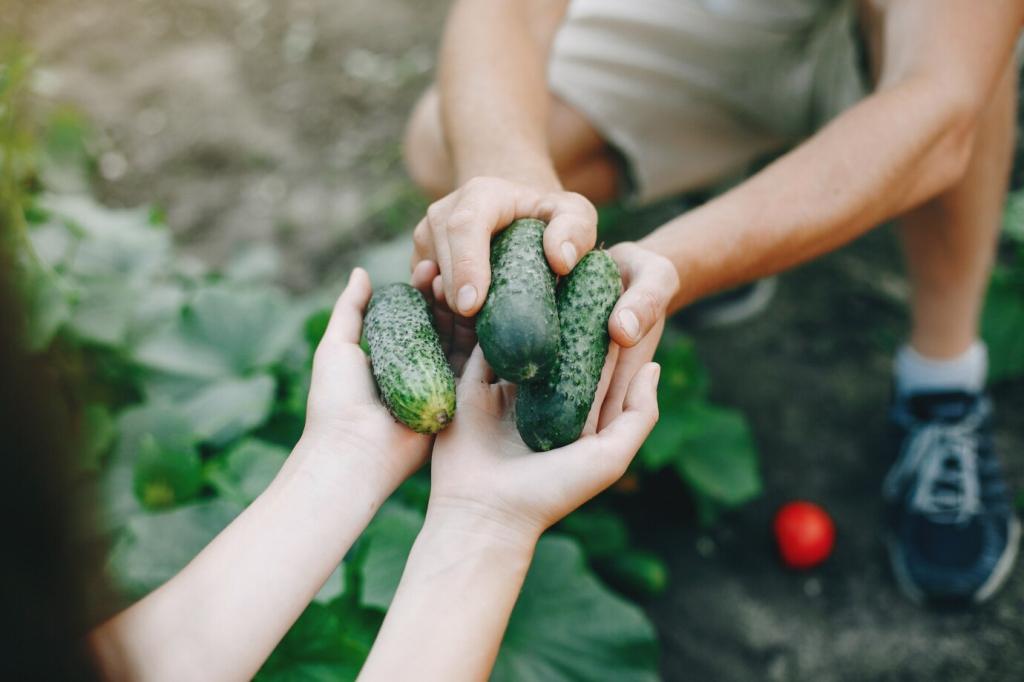
Community Power: Cleanups, Citizen Science, and Local Wins
Pick a site near water, brief volunteers on safe handling, and focus on fishing line, foam, and small fragments. Separate recyclables, and cut loops before bagging. Report dangerous hotspots so maintenance teams can prioritize areas where animals frequently feed or nest.
Community Power: Cleanups, Citizen Science, and Local Wins
Use citizen science apps to record brands and item types. Data reveals patterns—like which caps or wrappers dominate—empowering campaigns for redesign or take-back. Your observations become persuasive evidence that directly influences producers and policymakers to protect wildlife habitats.
Turn Voices into Policy: Influence Systems, Not Just Bins
Keep messages local, specific, and respectful. Mention nearby wildlife impacts, like tangled herons or beach closures. Request concrete actions: deposit-return systems, producer responsibility, and refill infrastructure. Include photos and data from cleanups to strengthen your case for wildlife protection.
Turn Voices into Policy: Influence Systems, Not Just Bins
Refill stations and deposit-return programs drastically reduce litter-prone packaging. Advocate for pilots at festivals, stadiums, and schools. When containers return, beaches and rivers stop catching plastic. Comment if your city has a program; we’ll compile models others can adopt.
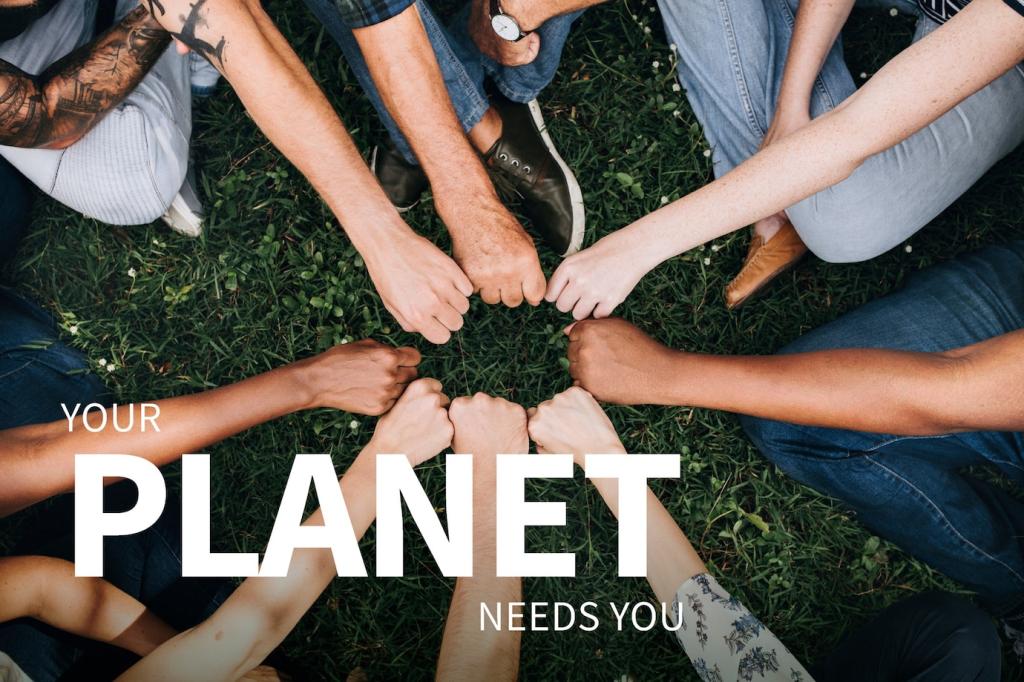
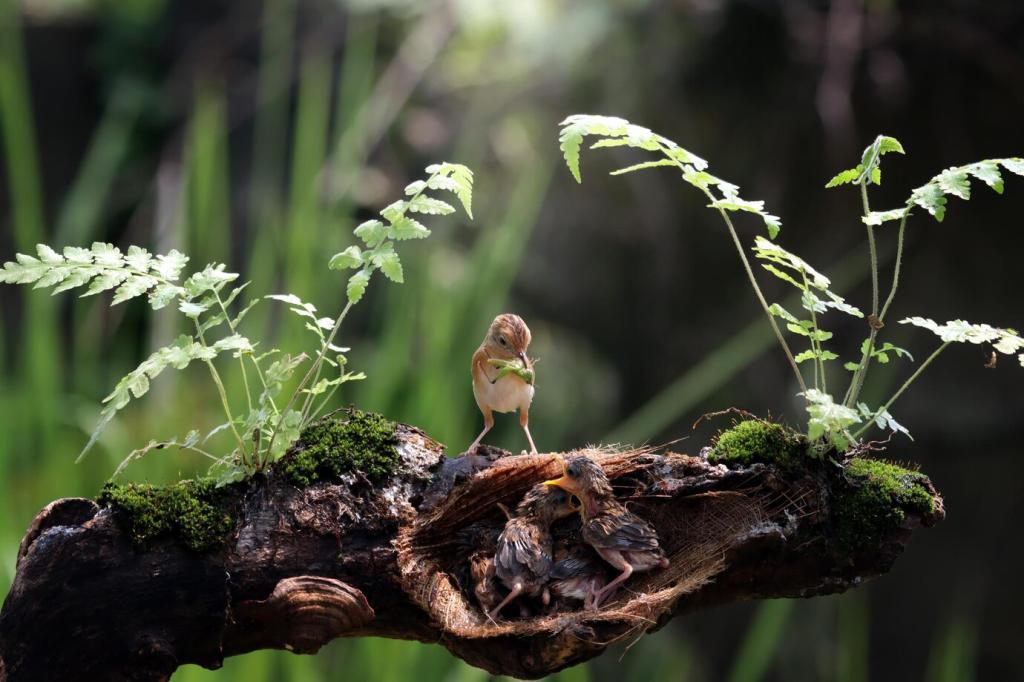
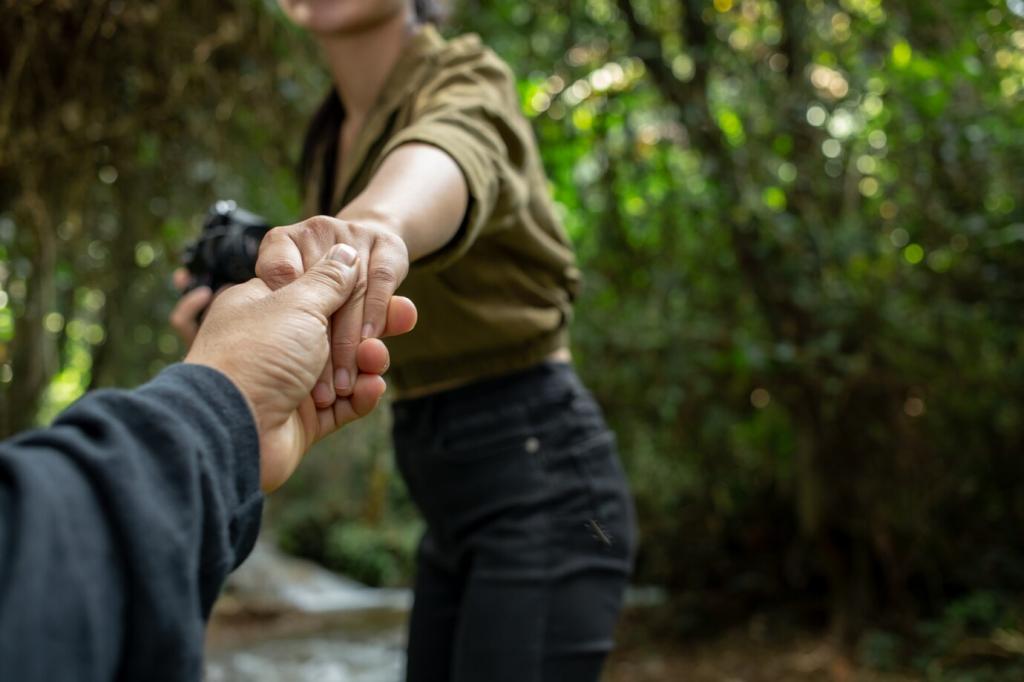
Rescues from the Brink: Stories that Change Habits
A rehabilitator spent hours untangling a juvenile turtle, its flipper deeply lacerated by fishing line. Volunteers had installed a line collection tube weeks earlier. The same beach saw fewer entanglements afterward, proving targeted interventions directly safeguard marine life.
Rescues from the Brink: Stories that Change Habits
A hedgehog wedged inside a plastic cup could neither back out nor breathe easily. Neighbors who routinely patrol their park at dusk found and released it. Their nightly habit began with one pledge to reduce litter for urban wildlife.
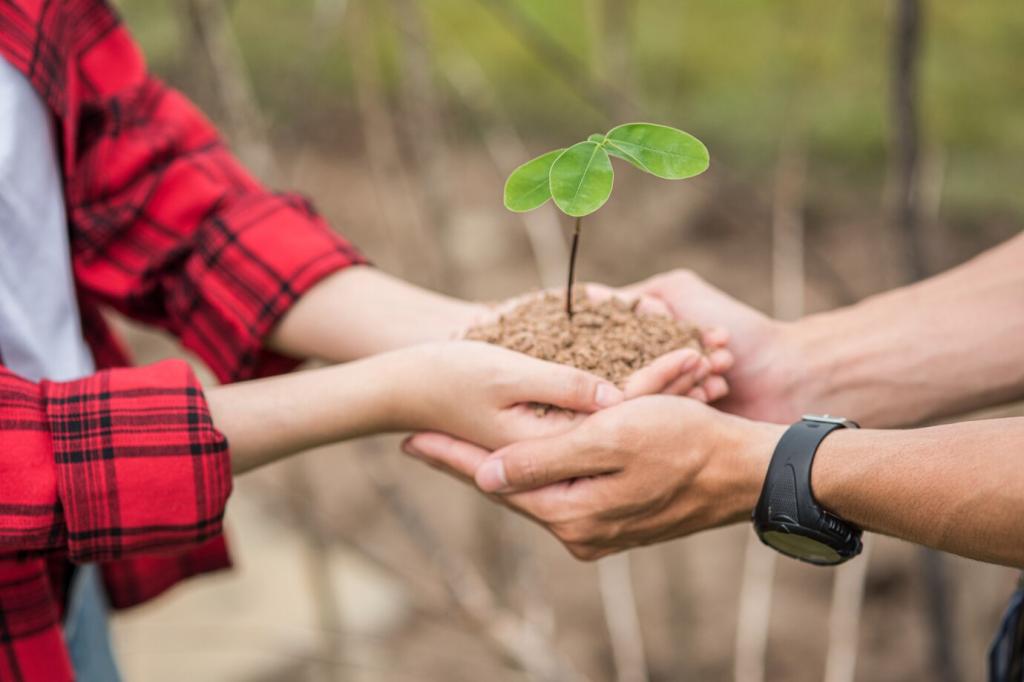
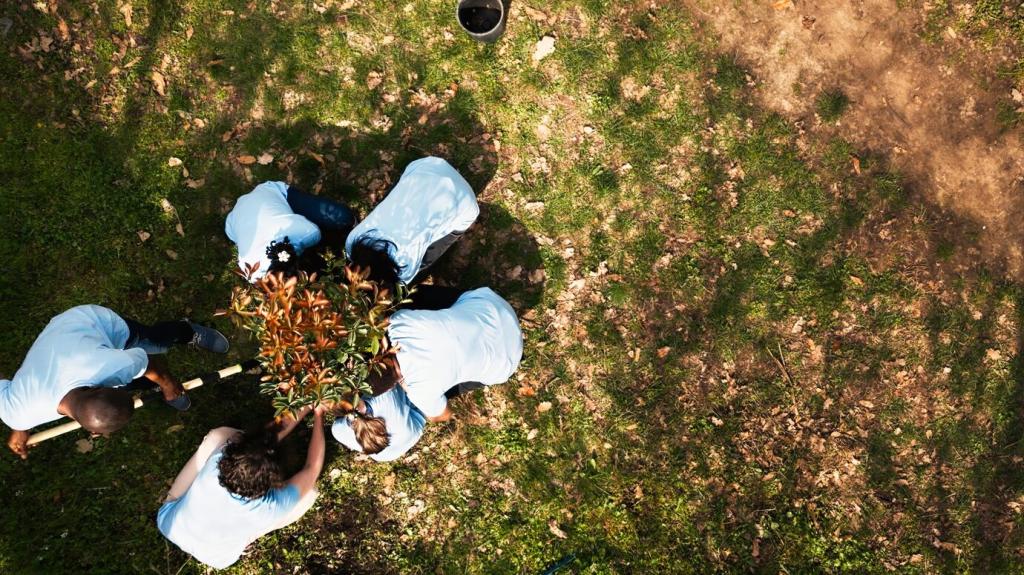
Creativity Against Waste: Upcycling that Speaks for Wildlife
Collect colorful fragments, then assemble a mural of the species you aim to protect—turtles, otters, or seabirds. A plaque can explain how each piece once threatened animals. Exhibiting in community centers sparks conversation and practical change.
Creativity Against Waste: Upcycling that Speaks for Wildlife
Host monthly events where neighbors mend gear, swap jars, and share bulk-buy opportunities. Normalize containers that return, not wrappers that escape. These gatherings become safe spaces to learn, laugh, and protect wildlife through joyful, collective habit shifts.
Collect your plastic waste for a month, separating avoidable items. Patterns will jump out—like daily coffee lids or snack wrappers. Replace one category each week, and share updates so we can cheer you on and offer wildlife-friendly alternatives.
